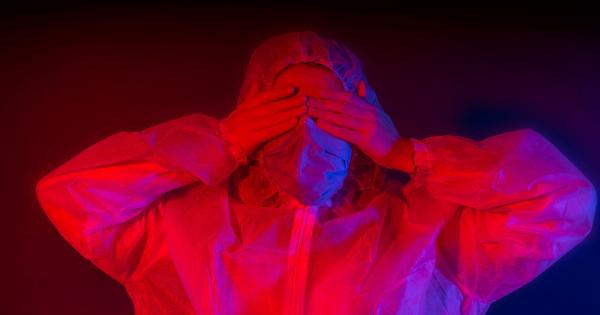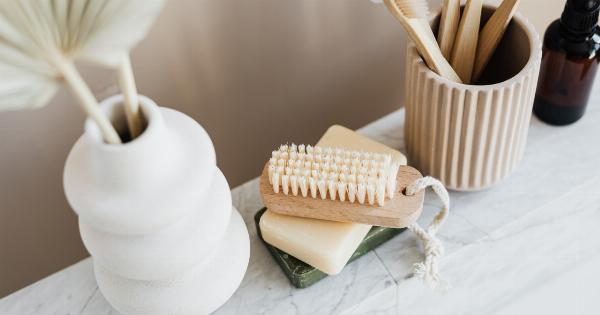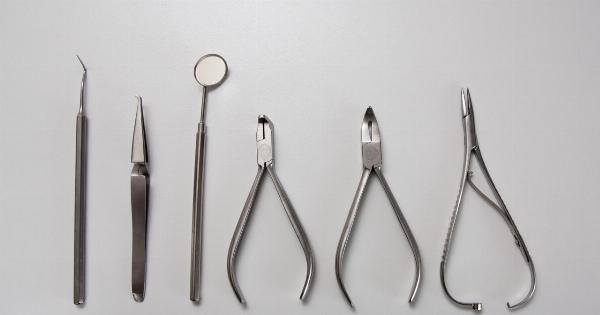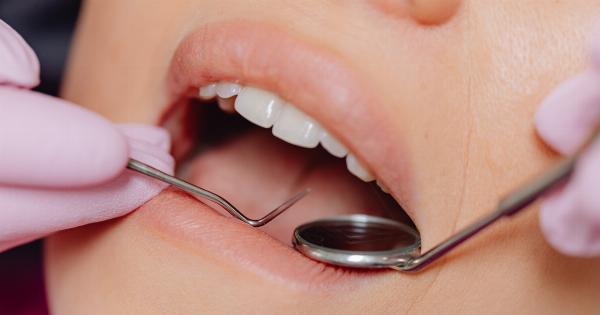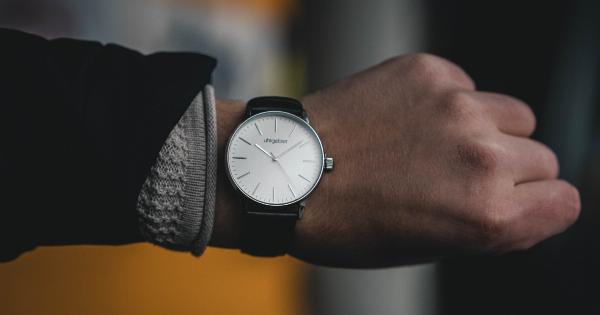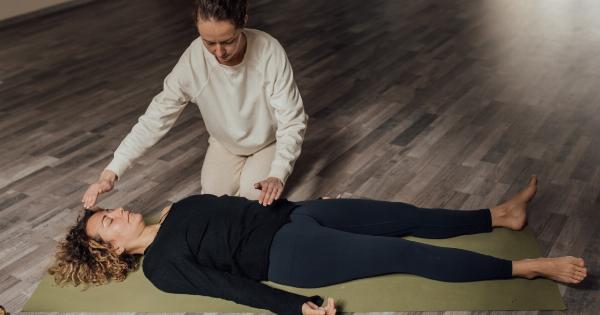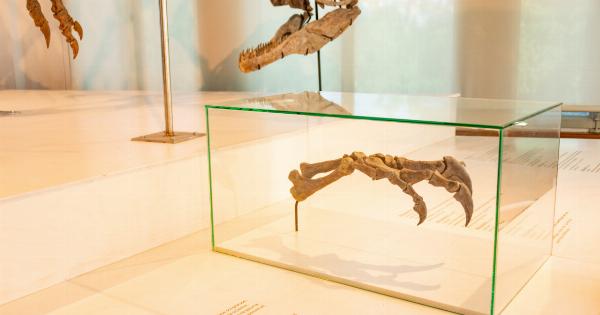Jaw pain can be a real hassle, and it can be challenging to pinpoint the cause of the discomfort. Pain can occur in the jaw joint, known as the temporomandibular joint (TMJ), or the surrounding muscles and tissues.
In this article, we’ll explore some of the most common culprits behind jaw pain to help you find relief.
1. Teeth Grinding or Clenching (Bruxism)
Bruxism is a condition in which you clench or grind your teeth unconsciously, often during sleep. This habit can put stress on the muscles and joints in your jaw, leading to jaw pain, headaches, and earaches.
If you think you may be grinding your teeth, talk to your dentist. They may recommend a mouthguard to wear at night or other treatments to help you break the habit.
2. Temporomandibular Joint Disorder (TMD)
TMD is a condition that affects the jaw joint and surrounding muscles. It can cause jaw pain, difficulty chewing, and clicking or popping noises when you open your mouth.
TMD can be caused by several factors, including arthritis, injury, teeth grinding, or misalignment of the jaw.
3. Dental Problems
Tooth decay, gum disease, and other dental problems can cause jaw pain. In some cases, a toothache or abscess can radiate to the jaw and cause discomfort. If your jaw pain is accompanied by tooth pain or sensitivity, it may be time to visit the dentist.
4. Sinus Problems
Sinusitis, or inflammation of the sinuses, can cause pain around the eyes, nose, and jaw. The pain is often accompanied by a headache and congestion.
If you suspect that your jaw pain is related to sinus problems, talk to your doctor about treatment options.
5. Arthritis
Arthritis is a condition that causes inflammation in the joints. It can occur in the jaw joint, leading to pain and difficulty opening and closing the mouth. If you think you may have arthritis, talk to your doctor about treatment options.
6. Stress and Anxiety
Stress and anxiety can cause tension in the muscles of the jaw, leading to pain and discomfort.
If you tend to hold tension in your jaw or grind your teeth when you’re feeling stressed, try relaxation techniques such as deep breathing or meditation to help ease the tension.
7. Trauma
A fall or blow to the jaw can cause pain and swelling. If you’ve recently experienced trauma to the jaw, see a doctor for an evaluation.
8. Cancer
Jaw pain can rarely be a symptom of certain types of cancer, such as oral cancer or metastatic cancer that has spread to the jaw.
If you have other symptoms such as loose teeth, difficulty swallowing, or a lump in your mouth, see a doctor for evaluation.
9. Medications
Some medications can cause jaw pain as a side effect. For example, bisphosphonates used to treat osteoporosis can cause a condition called osteonecrosis of the jaw, which can lead to pain and swelling.
If you suspect that your jaw pain may be related to medication, talk to your doctor.
10. Nerve Pain
In rare cases, jaw pain may be caused by nerve damage or inflammation. This can be due to conditions such as trigeminal neuralgia or Bell’s palsy. If you suspect that your jaw pain may be related to nerve pain, see a doctor for an evaluation.
If you’re experiencing jaw pain, it’s essential to talk to a doctor or dentist to determine the cause of the discomfort. Depending on the cause, treatment options may include medication, therapy, or surgery.
Don’t suffer in silence; seek help for your jaw pain today.




